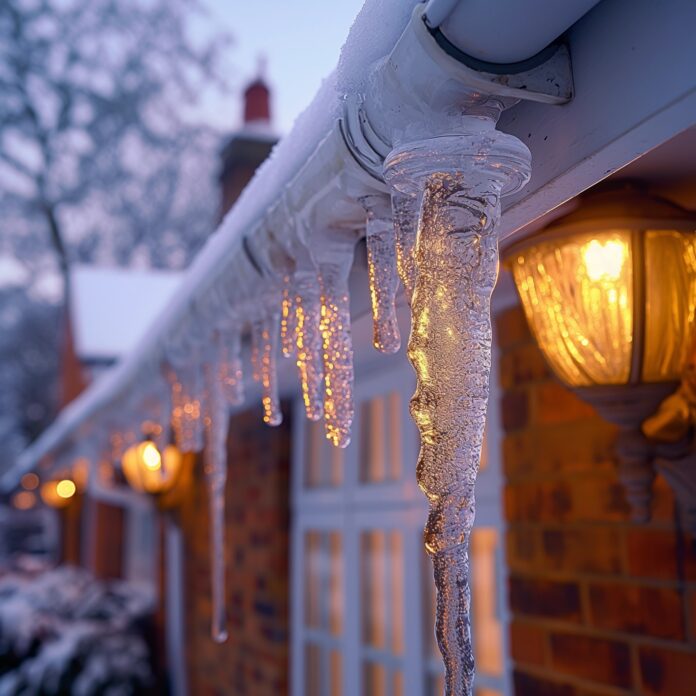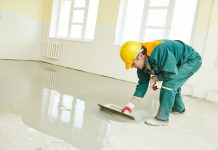Winterisation Imperative
As the frost sets in and the temperature drops, the critical need to prepare our drainage and sewage systems for the harsh winter months cannot be overstated. Each year, homeowners face the daunting prospect of costly repairs and damage control due to the havoc wrought by freezing temperatures on their plumbing systems. The significance of winterising pipes and drainage systems extends beyond mere inconvenience; it is a vital measure to safeguard our homes from potential disasters.
Winterisation is imperative not only for the preservation of our property but also for maintaining the functionality and efficiency of our sewage and water systems. Frozen pipes can lead to burst pipes, which often results in extensive water damage, mould growth, and the disruption of daily life. Additionally, blocked or frozen drainage systems can cause water to back up, leading to flooding and associated damages. These are not mere inconveniences but serious issues that can compromise the structural integrity of our homes and the health of our families.
To combat these risks, a comprehensive approach to winter-proofing is essential. This involves a combination of insulation, system maintenance, and implementing preventative strategies to ensure that our pipes and drainage systems remain functional even in the coldest of temperatures.
Insulation and Protection
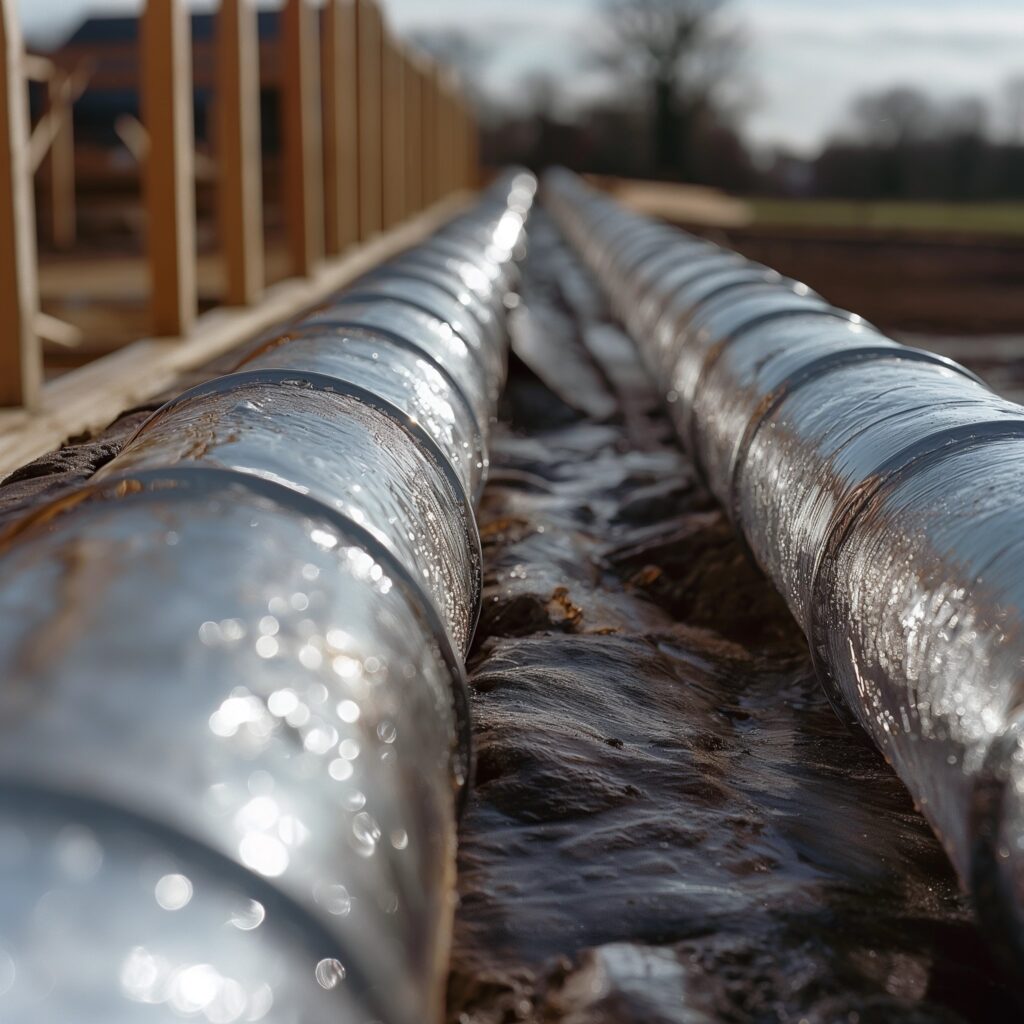
A key aspect of winter-proofing our drainage and sewage systems lies in the insulation and protection of pipes. Insulating pipes is a straightforward yet effective measure to prevent them from freezing. This can be achieved through foam sleeves or heating tape, which provide an additional layer of warmth and protection against the cold. It is crucial to focus on areas that are most susceptible to freezing, such as pipes located in unheated spaces, external walls, and attics.
Beyond individual pipes, we must also consider the broader system, including gutters and drains. Proper gutter maintenance prevents blockages leading to ice dams and subsequent water damage. Employing natural or artificial insulating covers can further protect these critical areas from the cold, ensuring that water flows freely away from our homes.
“In the heart of winter, the key to safeguarding your home lies not just in reactive measures, but in proactive insulation and protection of your pipes. By ensuring they are well-insulated against the cold, you mitigate the risk of freezing and bursting, which are among the leading causes of property damage during the colder months. It’s not merely about preventing inconvenience; it’s about preserving your home’s integrity and avoiding costly repairs.” – Mark Cordner, 24/7 Drainage UK.
System Maintenance
Regular inspection and maintenance of our pipes and drainage systems are fundamental to their longevity and efficiency, particularly in the lead-up to winter. This involves checking for leaks or damage that may compromise the system’s ability to withstand colder temperatures. Small cracks or leaks can expand when water freezes, leading to more significant issues. Thus, addressing these vulnerabilities early is key to preventing future problems.
Professional assessments can provide a comprehensive check of the entire system, identifying potential risks and implementing necessary repairs before the onset of winter. These assessments can offer peace of mind, knowing that our systems have been thoroughly evaluated and are prepared to face the cold season.
Preventative Strategies
Preventative strategies form the cornerstone of effective winterisation efforts. By planting deep-rooted, hardy plants near sewage systems, we can enhance the ground’s stability and reduce the risk of pipe damage due to freezing. It is also advisable to avoid compacting snow over drainage areas, as this can inhibit water flow and increase the likelihood of freezing.
Maintaining a minimum indoor temperature of 60°F is another simple yet effective measure to prevent pipes from freezing. This ensures that even the most vulnerable pipes, such as those in basements or attics, remain above-freezing temperatures.
Flow Management and Usage
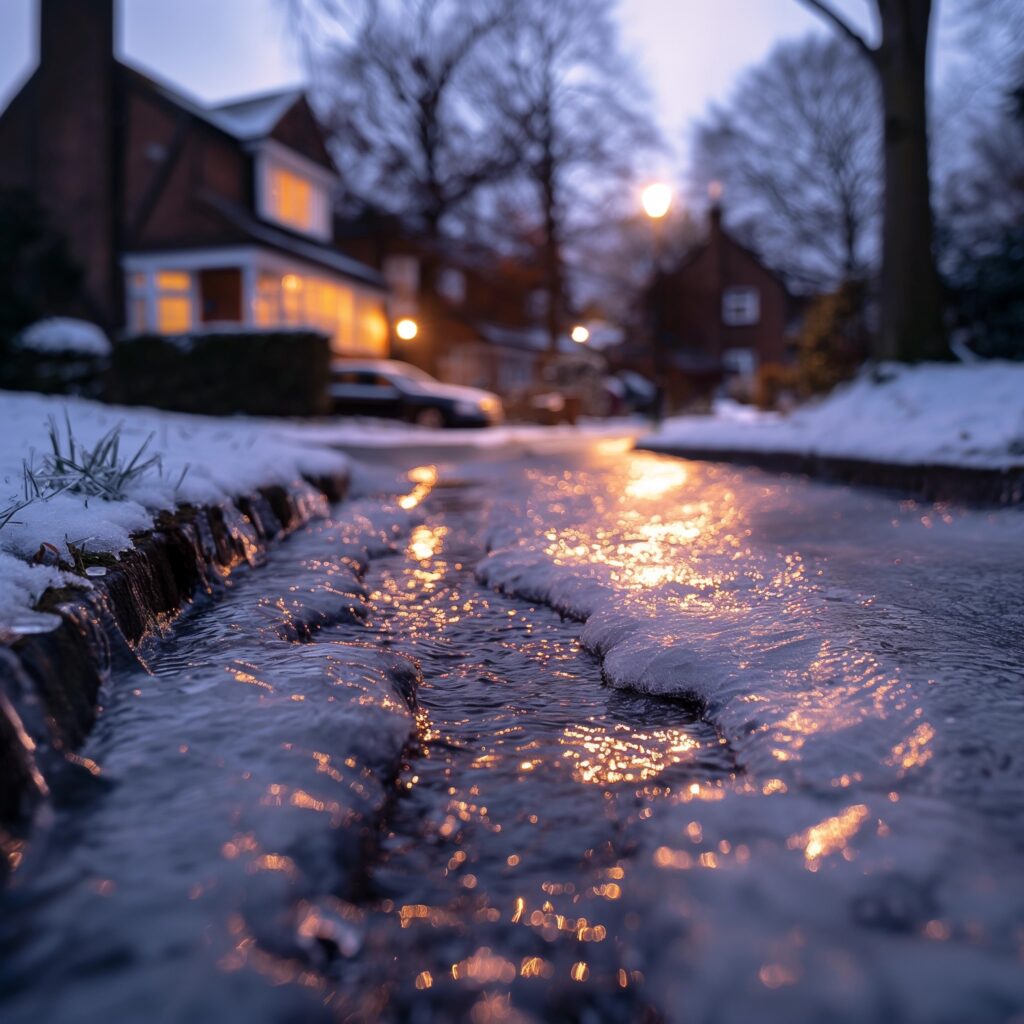
Efficient management of water flow and usage within our homes is essential, especially during the winter months when the risk of freezing and blockages is significantly higher. Encouraging efficient water disposal practices is crucial. This includes being mindful of what we dispose of down our drains. Fats, oils, and hair are notorious for causing clogs and should be disposed of properly rather than washed down the sink. Such blockages can exacerbate the risks during cold weather, as they provide starting points for ice formation within the pipes.
Water usage tends to spike during periods of high guest traffic, such as the holiday season. This increased demand can strain our plumbing systems, making efficient use and management of water more important than ever. By being mindful of our water usage and encouraging guests to do the same, we can mitigate the risk of overburdening our systems.
Emergency Readiness
Despite our best efforts, emergencies can still occur. Being prepared for such situations is a vital part of winter-proofing our homes. Keeping the contact information for emergency plumbing services readily available ensures we can quickly respond to any issues, such as frozen or burst pipes. Knowing the location of quick shut-off valves allows us to swiftly halt water flow in the event of a burst pipe, minimising damage until professional help can arrive.
Preparation extends to knowing how to manage minor issues ourselves, such as safely thawing frozen pipes before they burst. This knowledge can differ between a minor inconvenience and a significant repair bill.
Flood and Freeze Prevention
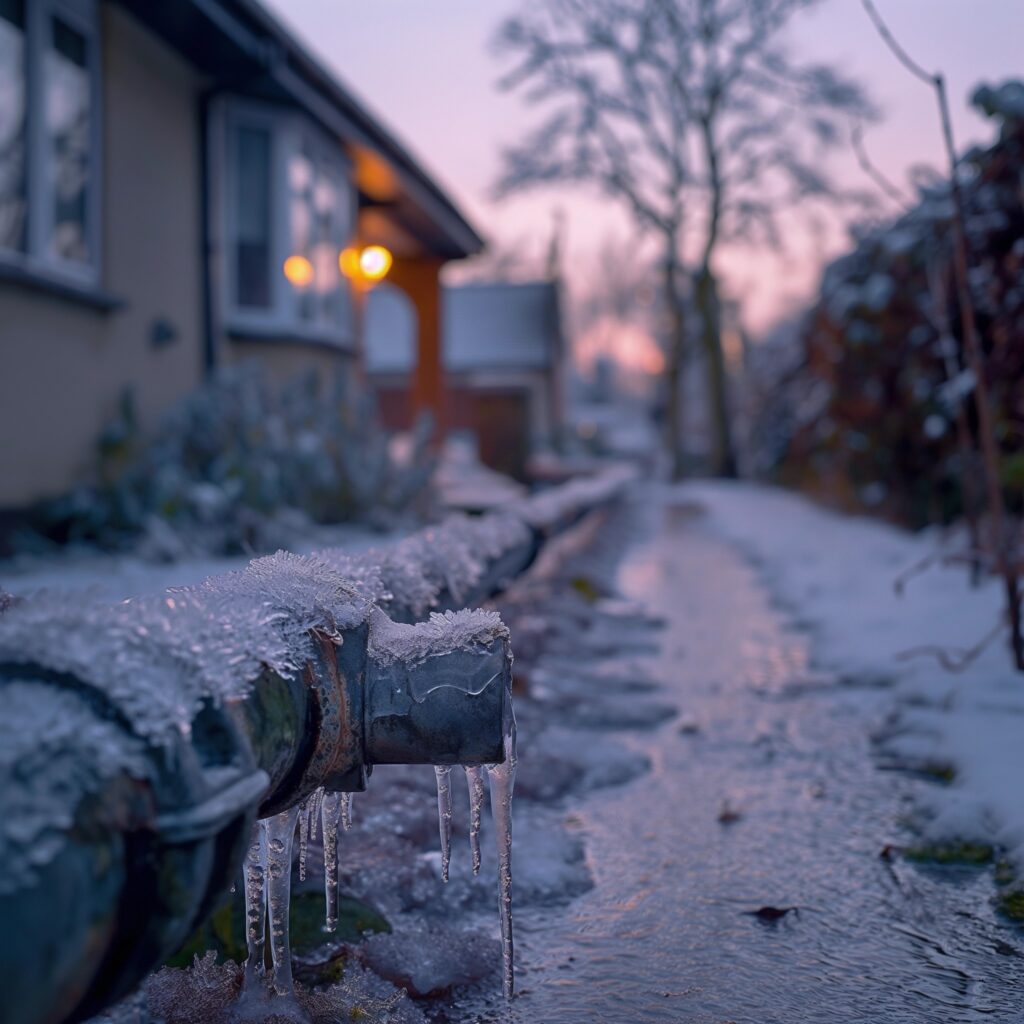
Preventing flooding and freezing starts with the environment around our homes. Ensuring proper sloping away from the foundation can significantly reduce the risk of water pooling and subsequently freezing near our homes, potentially causing foundation damage. When de-icing, considering salt alternatives can prevent damage to our landscaping and reduce the risk of saltwater infiltration into our drainage systems.
Maintaining clear drainage paths is essential for managing water flow around our homes. This may involve the strategic use of sandbags in areas prone to flooding. Sandbags can redirect water flow away from our homes, reducing the risk of water entering and causing damage.
Debris and Clog Attention
Regular cleaning and maintenance of our drains and gutters can prevent the accumulation of debris, which is a common cause of blockages and water backup. Especially during the fall and leading into winter, leaves and other debris can quickly accumulate, necessitating diligent attention to keep these areas clear.
Monitoring for signs of freezing within our drainage systems can also prevent issues before they escalate. At the first sign of slow drainage or unusual sounds, inspecting for potential freezing or blockages may be beneficial. This proactive approach can save considerable time and expense in the long run.
Professional Support Emphasis
While homeowners themselves can undertake many aspects of winter-proofing, the value of professional support cannot be overstated. Professionals can provide expert evaluations of our systems, offering advice and services that go beyond the scope of routine maintenance. This includes services such as drain unblocking and CCTV surveys, which can ensure the integrity of our systems in ways that are not possible through visual inspections alone.
Advocating for professional support is not just about solving existing problems; it’s about leveraging expert knowledge to prevent future issues. This is particularly true in complex systems or older homes, where the risks may not be immediately apparent.
We can significantly reduce the risk of winter-related damage to our plumbing and drainage systems by addressing these aspects diligently. The effort invested in winter-proofing our homes pays dividends in reduced repair costs, less inconvenience, and the peace of mind that comes with knowing our homes are prepared to withstand the cold season. Through insulation, maintenance, and proactive management, we can ensure that our drainage systems remain functional and robust, regardless of the weather outside.
Final Thoughts
Winter-proofing our pipes and drainage systems is an indispensable practice beyond mere seasonal preparation; it’s a proactive measure to protect our homes, our peace of mind, and our financial well-being from the ravages of cold weather. The comprehensive strategies we’ve discussed—ranging from insulation and protection through system maintenance and flow management to emergency readiness and the emphasis on professional support—form a robust framework for safeguarding our properties against winter’s challenges. Implementing these measures diligently ensures our plumbing systems are resilient, reduces the likelihood of costly repairs, and maintains the continuity of our daily lives through the coldest months.
As homeowners, we must embrace these practices not just as seasonal chores but as integral components of responsible property management. Let’s take these steps together, armed with the knowledge and strategies to weather the winter with confidence and security.


